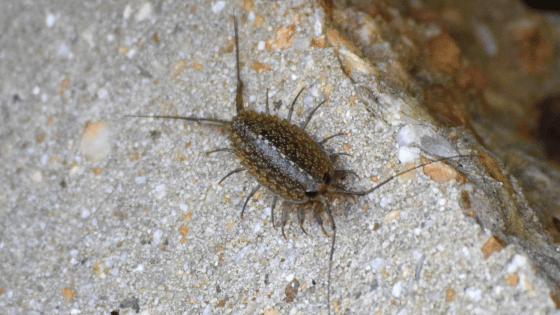
Isopods, those small crustaceans that scuttle about in damp corners of our world, might not seem like the most charismatic creatures. Yet, these tiny organisms play a significant role in environmental advocacy and conservation efforts, particularly in the UK. As bioindicators, isopods serve as indicators of environmental health, reflecting changes in their habitats due to pollution, habitat destruction, or climate change. This article explores how politics shape conservation efforts surrounding isopods and the ecosystems they inhabit (visit https://postpods.co.uk to learn more).
In the realm of environmental advocacy, isopods serve as vital indicators of ecosystem health. These small creatures are incredibly sensitive to changes in their surroundings, making them valuable indicators of environmental quality. By studying the abundance, diversity, and behavior of isopods in their natural habitats, scientists can assess the impact of human activities on ecosystems and advocate for conservation measures to protect them. However, the effectiveness of these efforts is often influenced by political decisions regarding environmental policy and resource allocation.
Political decisions play a crucial role in determining the level of protection afforded to isopod habitats and the broader ecosystems they inhabit. Policies related to land use, urban development, and pollution control can directly impact the availability of suitable habitats for isopods. For example, decisions to designate protected areas or implement zoning regulations can help safeguard isopod habitats from encroaching development. Similarly, regulations aimed at reducing pollution and improving water quality can benefit isopod populations by preserving their aquatic habitats.
ALSO READ: Policy to Practice: Implementing Relining in Municipal Sewer Systems
However, political decisions can also pose challenges to isopod conservation efforts. Conflicting interests, such as those between economic development and environmental protection, can lead to trade-offs that prioritize short-term gains over long-term sustainability. Additionally, budgetary constraints and competing priorities may limit the resources available for conservation initiatives, making it difficult to implement effective measures to protect isopod habitats.
Despite these challenges, political advocacy plays a crucial role in advancing isopod conservation efforts. By raising awareness about the importance of isopods as bioindicators and the threats they face, advocates can mobilize public support for policies and initiatives that prioritize environmental protection. Engaging policymakers, stakeholders, and the public in dialogue about the value of preserving isopod habitats can help foster a greater understanding of the interconnectedness of ecosystems and the importance of conservation efforts.
Conclusion
Isopods may be small in size, but their significance in environmental advocacy and conservation efforts cannot be understated. As bioindicators, these tiny crustaceans provide valuable insights into the health of ecosystems and the impacts of human activities on the environment. However, the effectiveness of conservation efforts surrounding isopods is often influenced by political decisions regarding environmental policy and resource allocation. By advocating for policies and initiatives that prioritize environmental protection, we can work towards ensuring a sustainable future for isopods and the ecosystems they inhabit.
